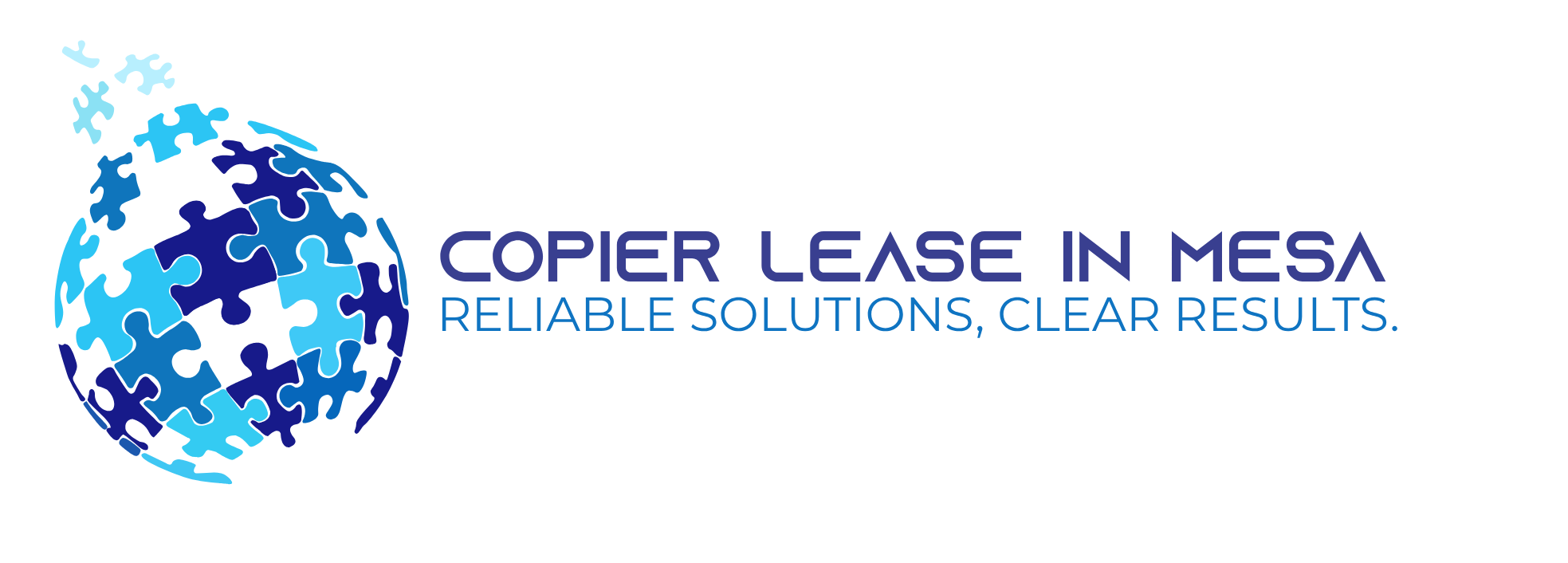Canon Copiers lead the way in the document reproduction industry, regularly winning awards for their products. The company was founded in 1933, originally named Precision Optical Instruments Laboratory. Their initial goal was to develop a 35mm camera. In 1947, the company renamed itself Canon Camera Co. Inc. In the 1960s, the company broadened their product range, starting with a 10-key electronic calculator. In 1969 the company changed its name again, to Canon Inc.
Canon entered the photocopier market in 1965 with the launch of the Canofax 1000. Xerox had dominated the photocopier market up to this point with their own ‘xerography’ process.
In 1968 Canon released Japan’s first plain paper photocopier, the NP-1100
Although their products and product developments were succesful, Canon had a weak marketing strategy and failed to distinguish their products successfully from their competitors. They failed to capitalise on their sales potential before rival companies caught up with their technology and product advancements. This problem affected their photocopier and calculator divisions.
In 1972 Canon developed the “liquid dry” photocopying system, which used plain paper and liquid developer, but produced dry photocopies. Canon were not confident with their marketing strength and were nervous that competitors would infringe on their patents and rip off their new product. So instead of marketing and selling the product themselves they licensed the technology to other manufacturers. This resulted in wasted earnings potential, hindering Canon’s financial performance, and in 1975 it failed to pay a dividend for the first time since World War II.
In the 1970’s Canon employed a new Managing Diector, Ryuzaburo Kaku, to change management and sales in the company.
Canon began to streamline its operations and management and focused on marketing their products more aggressively. In 1977 Kaku was named president of the company, succeeding Mitarai, who remained chairman.
In the 1950’s colour toner was developed although colour photocopiers were not available until Canon released the first colour photocopier in 1973. However the equipment and supplies were expensive and colour photocopiers did not gain market share until the early 1990’s. Even then, people did not commonly use them in the workplace, and they typically found them in print shops.
In 1982, Canon developed the first personal copier. They called it a personal copier because users could replace the reproduction elements themselves, contained in a cartridge, when they ran out. This time Canon marketed the product heavily with a massive ad campaign starring actor Jack Klugman.
Canon continued to introduce new products in the 1980s to compete effectively in mature markets such as the camera market. However, the majority of their success came from new markets, such as integrated office workstations and desktop publishing systems. Canon now competed with much larger companies well-established in their fields.
In 1983, they challenged Xerox by releasing a laser printer similar to Xerox’s, and they sold Canon’s product at one-third of Xerox’s price. Canon also undertook a battle with Ricoh over facsimilie machines in the early 80’s
With their new products and aggressive marketing strategies Canon experienced massive sales and profit growth, with their annual sales growing sevenfold between 1975 and 1985. Profits grew further and in 1990 Canon had an exceptional year where they doubled their profits. The following years, in the 1990’s showed slower growth and reduced profits. This was partially due to the recession in Japan and the appreciation of the yen, affecting export-oriented Japanese companies, like Canon, especially hard.
Canon’s response to the recession was to advance its globalisation by moving production out of Japan. Canon also sought out new makets for it’s goods, expanding Asian-Pacific sales and marketing productsto Russia for the first time. Canon continued to commit to research and development of new products.
A 1977 accident led to bubble jet printing. A hot iron touched an ink syringe, spraying ink, sparking a new technology. A researcher recognized heat, not pressure, could trigger ink spray. This insight led to the development of thermal inkjet technology. This was successfully marketed in the early 1990’s, some 15 years after the discovery of the process. Way back 1992, Canon launched the BJC-820 color printer. In 1994, they partnered with IBM for a notebook with a built-in printer.
Ricoh revolutionized the photocopier industry again in 1987 by releasing the first digital photocopier. Canon soon followed suit releasing their digital photocopier products which effectively consisted of and integrated scanner and laser printer. In 2001 Canon released its first two digital personal copiers, the PC1080F and the PC1060.
Today, despite the company’s high profile in the consumer market for cameras and computer printers, most of the company revenue comes from the office products division, especially for Analog and Digital copiers, and its line of image RUNNER digital multifunctional devices.
